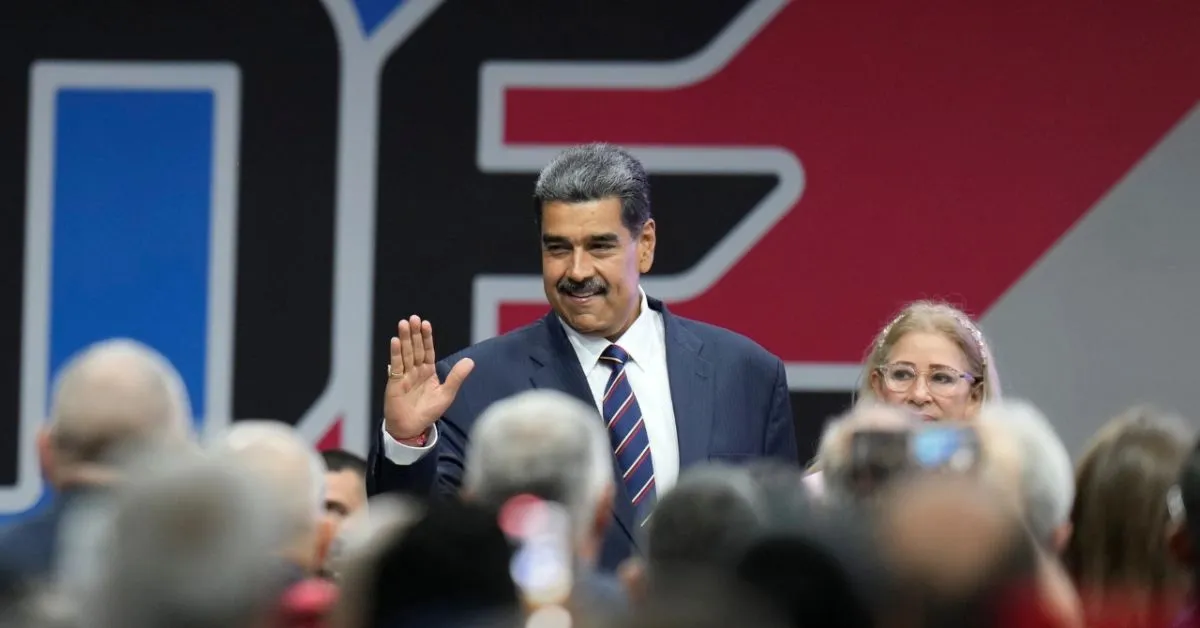Kenya has long been celebrated as a powerhouse in athletics, particularly long-distance running. However, there has been a noticeable decline in the country’s dominance in international competitions in recent years.
This article explores the factors contributing to this decline and examines when and how Kenya’s status as an athletics powerhouse began to wane.
Historical Context
From the 1960s through the early 2010s, Kenya consistently produced world-class athletes who dominated events such as the 800m, 1500m, and various marathon distances. The country became synonymous with distance running excellence, winning numerous Olympic and World Championships medals.
Notable athletes like Kipchoge Keino, Paul Tergat, and more recently, Eliud Kipchoge, have brought international acclaim to Kenyan athletics. However, the decline in Kenya’s athletics supremacy has been evident since around 2016.
The country, which once ranked among the top in medal standings, has seen a gradual drop in performance at major championships, including the Olympics and World Championships.
Factors Behind the Decline
Increased Competition
One of the primary reasons for Kenya’s decline is the emergence of other nations in long-distance running. Countries like Ethiopia, Uganda, and even nations outside of East Africa have begun to produce competitive athletes. This increased competition has made it more challenging for Kenyan runners to secure podium finishes.
Just when did Kenya stop being the Athletics Powerhouse? What happened? Share your thoughts please!
— Philip Etale (@EtalePhilip) August 5, 2024
Doping Scandals
Doping has plagued Kenyan athletics, with numerous athletes facing suspensions and bans. This has not only tarnished the reputation of Kenyan athletics but has also led to the loss of potential medals in international competitions.
The International Association of Athletics Federations (IAAF) has imposed stricter regulations, and the scrutiny of Kenyan athletes has intensified.
Burnout and Over-competition
The crowded athletics calendar has led to athlete burnout. Many Kenyan runners participate in numerous races throughout the year, which can lead to fatigue and decreased performance. The pressure to compete for financial rewards often results in athletes prioritizing quantity over quality in their training and competition schedules.
Lack of Investment in Grassroots Development
While Kenya has produced numerous elite athletes, there has been a decline in investment in grassroots athletics programs. Schools that once nurtured talent, such as St. Patrick’s Iten and Sing’ore Girls, have seen a drop in performance and output.
The lack of proper training facilities and coaching at the grassroots level has hindered the development of new talent.
Migration of Talent
An increasing number of Kenyan athletes are opting to represent other countries, seeking better training facilities, financial opportunities, and career advancement. This trend has diluted the pool of talent available to represent Kenya on the international stage.
Read more: Is There Any Reason Behind the Rise in Unemployment Rate in the U.S.?
Recent Performance Trends
At the 2022 World Athletics Championships, Kenya finished fourth in the medal standings with a total of ten medals, a stark contrast to its peak performances in earlier years, such as 16 medals in 2015.
The decline in medal count has led to discussions about the future of Kenyan athletics, with calls for increased investment in training, better management of athletes, and a focus on diversifying into other athletic disciplines beyond long-distance running.
Conclusion
Kenya’s status as an athletics powerhouse has been challenged in recent years due to a combination of increased competition, doping scandals, athlete burnout, and a decline in grassroots investment. While the country still possesses immense talent and potential, addressing these issues will be crucial for reclaiming its place at the top of the athletics world.
The future of Kenyan athletics depends on strategic reforms that prioritize athlete welfare, training, and development, ensuring that Kenya continues to be a formidable force in global athletics.



